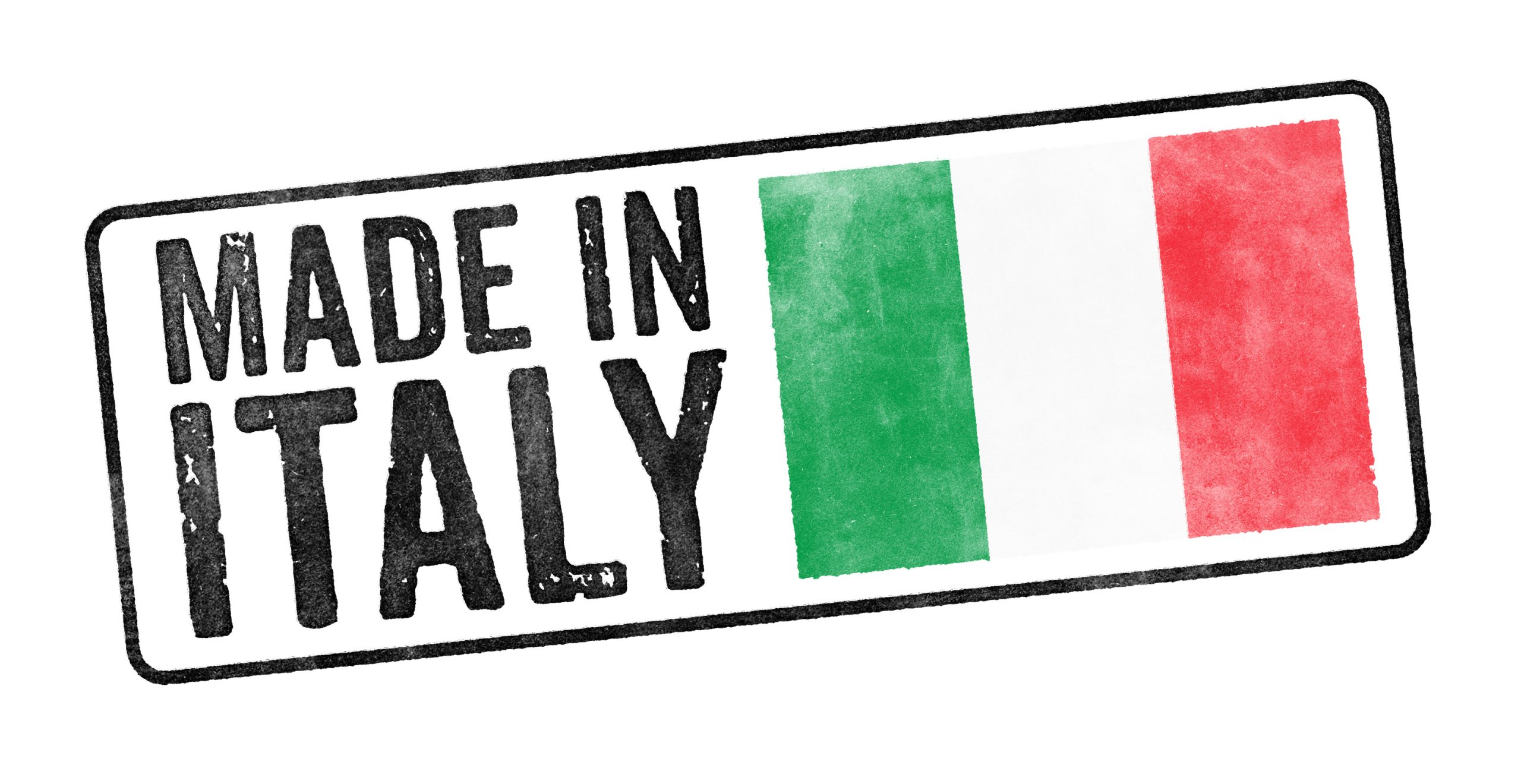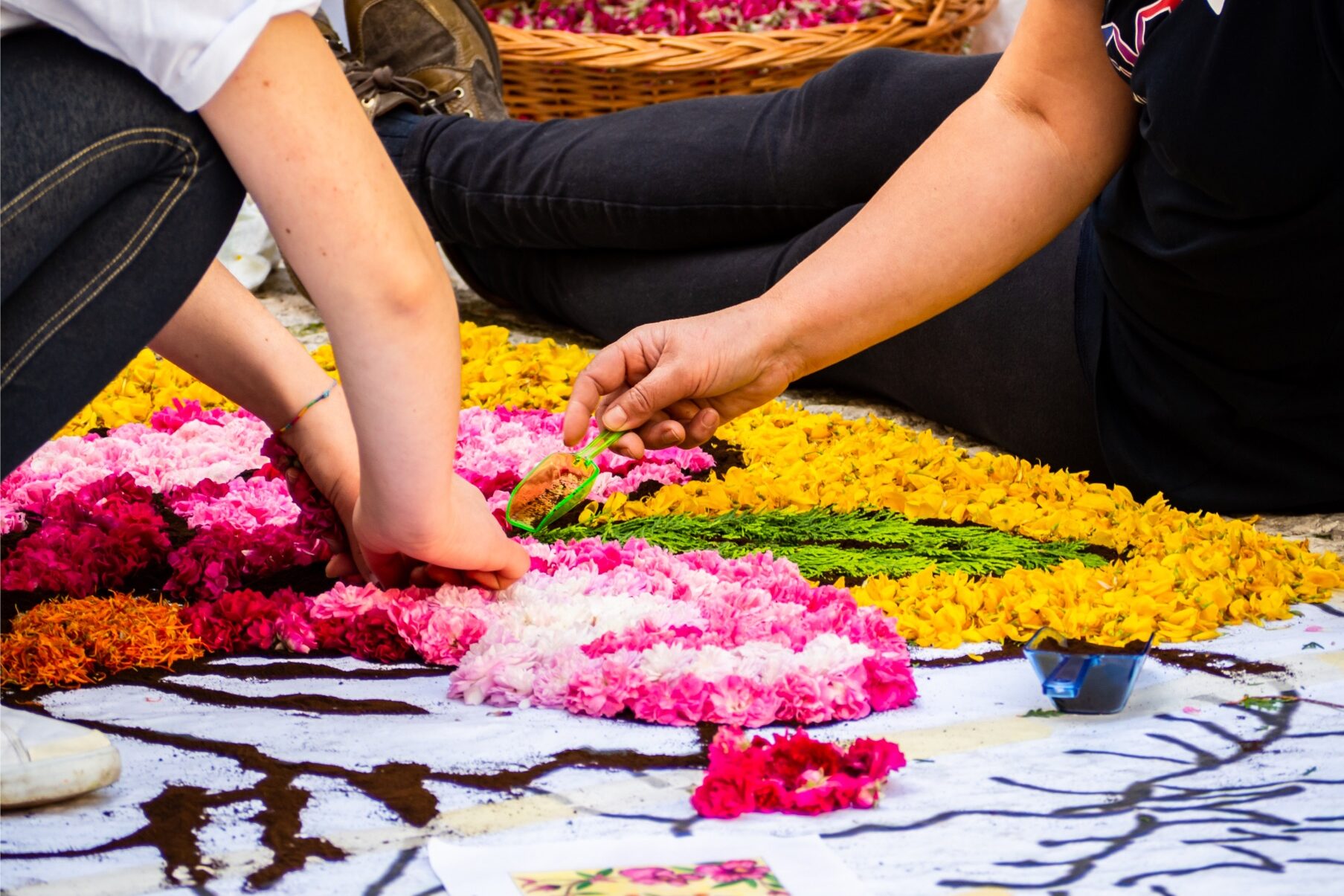L’Italo-Americano has been working to promote the image of Italy for years. It does so by presenting her events, her protagonists and her community, by describing her natural, artistic and architectural beauty — a powerful tourist attractor — and her history, which built Italy’s cultural, linguistic and folkloristic heritage through the millennia.
On the pages of this paper, which has been connecting the Belpaese and the West Coast for over a century, Italy’s know-how and craftsmanship, with its ateliers where knowledge, techniques and abilities are passed on from a generation to another, finds space. Just like modern competences and old skills, because that’s where today’s technological and artistic artefacts come from. And there is space also for the continuous progress of Italian innovation, engineering and science, all fields that have been contributing to today’s development.
This isn’t promotion for itself and in itself: we don’t want to show off who we are nor what we can do, because we’re looking for no medal. Rather, we want to speak about how and what Italy and Italians really are, about a reality often distant from old images that have absolutely nothing to do with truth. It’s a matter of honesty and pragmatism.
Through products and people, local stories and social discussion, our paper has been trying to refresh what’s old and, at the same time, to build the most complete and authentic image of Italy.
Brick after brick, we describe contemporary Italy, using her real people, facts and stories. The country of today has nothing to do with the land all those old paesani had left; it has nothing to do with the world our ancestors left behind when they boarded that ship. It’s those very migrants, their children and their grandchildren who demonstrate it: the social status they reached, the cultural, economic and social contribution they gave to our societies here, on the West Coast, clearly show results that bear no connection with unskilled labor, useful only in coal mines or to build the railway, bridges and skyscrapers. It has little to do with times when Italians were forced to accept the most meager of wages just to survive. Just as migrants here, on the Pacific Coast, have changed, so has the country where they came and come from.
There is more.
The whole Italian productive system is the result of planning, quality control and certifications. Made in Italy is the result of a supply chain of excellence. Its products bear labels that attest the quality of the raw materials and of the productive methods used, all certified by both national and European controls. Their entry on the market follows precise market strategies and international distribution lines: in other words, nothing is left to chance, nothing is approximated. Actually, everything is controlled by a complex international promotion policy, coordinated by the Ministry for Foreign Affairs, International Cooperation and Economic Development, with the input of a “control room” and a Pact for Export developed with the ICE Agency.
This happens because our country changed and Italy herself has been working to find a position based on her actual qualities. It isn’t a case, then, that the most promising global e-commerce platforms show an up-to-date, appropriate image of our products, so that Made in Italy gets the right attention.
For these reasons, we give a lot of space on our pages to the wine and food heritage that helped give the right value to the products of a fertile and generous land. Because we want people to know exactly what an Italian product is and what it stands for: that’s certainly not a deceitful label that copies our best products, but rather, a product that is safe, wholesome and, first of all, certified. This is why, for years now, a lot of effort has been placed in informing consumers about the way our tricolore and the good name of Made in Italy are often exploited to scam – and it’s really the case to use this word – the public. It isn’t only an economic fraud – which by the way costs a lot to the Italian economy – but also a “health fraud:” if the product is not adequately labelled, it means it hasn’t been made in Italy, where supply chains are rigorous, and that the food that gets to consumers doesn’t only taste bad, but it’s of poor quality and potentially bad for their health.
Italian Sounding, unfortunately, has been growing: there has been a 70% increase in the past decade, with fake Italian food in the world being worth more than 100 billion euro (more than 120 billion USD): this is three times the worth of Italy’s food export. A quarter of it is in the US and is worth at least 23 billion euro (28 billion USD). In other words, more than two over three products labelled as “Italian” abroad, actually don’t come from Italy at all. For this reason, knowledge is important, just like the choices we make every day. When in front of a parmesan, a pomarola or a mozarella cheese, each and every one of us has a duty to stand for Italy’s good name. We must pick the original Italian handbag and not the fake t-shirt with the fake logo, that’ll look awful after a couple of washes. In the end, who’d buy a wheelbarrow just because it’s painted in Ferrari-red?
L’Italo-Americano lavora da anni sull’immagine dell’Italia. Racconta il Belpaese attraverso gli eventi che lo attraversano, i protagonisti che lo rappresentano e la sua comunità, il paesaggio che è un potente attrattore turistico insieme all’arte e alla bellezza monumentale e architettonica, la storia che nei millenni ha costruito il patrimonio culturale, folkloristico e linguistico.
Sulle pagine di questo giornale, che da più di un secolo collega la penisola con la West Coast, tanto rilievo hanno sempre il know how e la manualità artigianale che racconta secoli di botteghe in cui da generazioni si tramandano saperi, tecniche e abilità, tanto spazio hanno competenze moderne e maestrie antiche perché da esse deriva la produzione di manufatti tecnologici e artistici, così come si celebrano i costanti progressi dell’innovazione, dell’ingegneria, della scienza che contribuiscono a porre le basi dello sviluppo attuale.
Non è in corso una promozione fine a se stessa. Non si tratta cioè di mettere in vetrina chi siamo e cosa sappiamo fare perché il nostro intento non è quello di metterci una medaglia sul petto. Cerchiamo piuttosto di raccontare l’Italia e gli italiani per come e cosa siamo davvero, lontano da vecchie immagini che non hanno assolutamente nulla a che fare con la realtà delle cose. E’ un discorso di onestà e concretezza.
Attraverso prodotti e personaggi, storie locali ed elaborazioni sociali, il nostro giornale cerca di svecchiare i retaggi e al tempo stesso di costruire l’immagine più completa e autentica del Paese.
Mattone dopo mattone, basandosi sui fatti e sulle storie dei suoi attori, descriviamo l’Italia contemporanea. Il Paese di oggi non ha più niente a che fare con le terre di partenza dei “paesani”, non ha più nulla del mondo lasciato a bordo di un transatlantico. Lo dimostrano gli stessi ex immigrati o i loro figli e nipoti: le posizioni sociali raggiunte, i contributi culturali, economici, sociali che hanno dato alle nostre società qui nella West Coast ben dimostrano risultati che non hanno più a che fare con la manodopera a bassa specializzazione che finiva in miniera o a costruire ferrovie, ponti e grattacieli ed era costretta ad accontentarsi di pochi dollari pur di campare. Come sono cambiati gli ex immigrati qui sulla costa pacifica, così sono profondamente mutati i luoghi di partenza. Non solo.
Tutto l’apparato produttivo italiano è oggi frutto di pianificazione, controlli di qualità e certificazioni. Il Made in Italy è il risultato di una filiera di eccellenza. I prodotti hanno marchi che attestano il pregio delle materie prime e lavorazioni che percorrono tutta la catena delle verifiche nazionali ed europee. L’immissione sul mercato segue a sua volta precise strategie di mercato e canali di internazionalizzazione. Insomma, nulla è approssimativo, improvvisato. Anzi, è affidato a una seria e complessa politica di promozione internazionale coordinata dai ministeri degli Affari Esteri e Cooperazione Internazionale e dello Sviluppo Economico, con tanto di cabina di regia e un Patto per l’Export sviluppato insieme all’Agenzia ICE.
Questo avviene perché è cambiato il nostro Paese e l’Italia stessa lavora per posizionarsi in base alle sue qualità effettive. Non è un caso cioè che le più promettenti piattaforme di e-commerce a livello globale oggi propongano un’immagine corretta e aggiornata dei nostri prodotti per dare il giusto rilievo alla valorizzazione del Made in Italy.
Per queste ragioni, anche sulle pagine de L’Italo-Americano, diamo ampio spazio alla ricchezza enogastronomica che ha saputo valorizzare i prodotti di una terra florida e generosa declinandoli in eccellenze meritevoli di certificazioni di qualità e di export. Perché vogliamo che si conosca esattamente cos’è il prodotto italiano. Non un’etichetta menzognera che copia i nostri prodotti di punta ma un prodotto sicuro e buono, soprattutto certificato. Per questo è persistente, da anni, il lavoro di informazione contro ogni fenomeno che sfrutta il nostro Tricolore o il buon nome del Made in Italy per truffare, è proprio il caso di usare questa terminologia, il consumatore finale. Non si tratta di una frode solo economica, che peraltro ha numeri pesantissimi per l’economia nazionale, ma anche salutare: se il prodotto non è marchiato, non è fatto davvero in Italia dove le filiere di controllo sono rigorose, all’acquirente arrivano cibi scadenti, di pessima qualità e scarsa sicurezza alimentare, oltre che poco buoni.
L’Italian Sounding è purtroppo in continua crescita: si calcola un aumento record del fenomeno del 70% nel corso dell’ultimo decennio, con un valore del falso agroalimentare italiano nel mondo salito ad oltre 100 miliardi, pari al triplo del valore dell’export alimentare nazionale. Un quarto si concentra negli USA e vale almeno 23 miliardi di euro. In altre parole, all’estero più di due prodotti che si dicono italiani su tre sono falsi. Per questo la conoscenza è importante così come la scelta personale di ciascuno di noi: davanti a un prodotto falso, a un Parmesan, una Pomarola o ad una Mozarella Cheese ognuno di noi è chiamato a difendere il buon nome dell’Italia. Ciascuno di noi deve scegliere la borsa griffata dal marchio italiano e non la maglietta con logo taroccato che dopo due lavaggi è da buttare. In fondo, chi mai acquisterebbe una carriola solo perché è verniciata con il rosso Ferrari?































